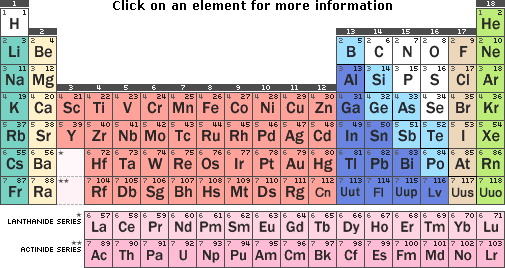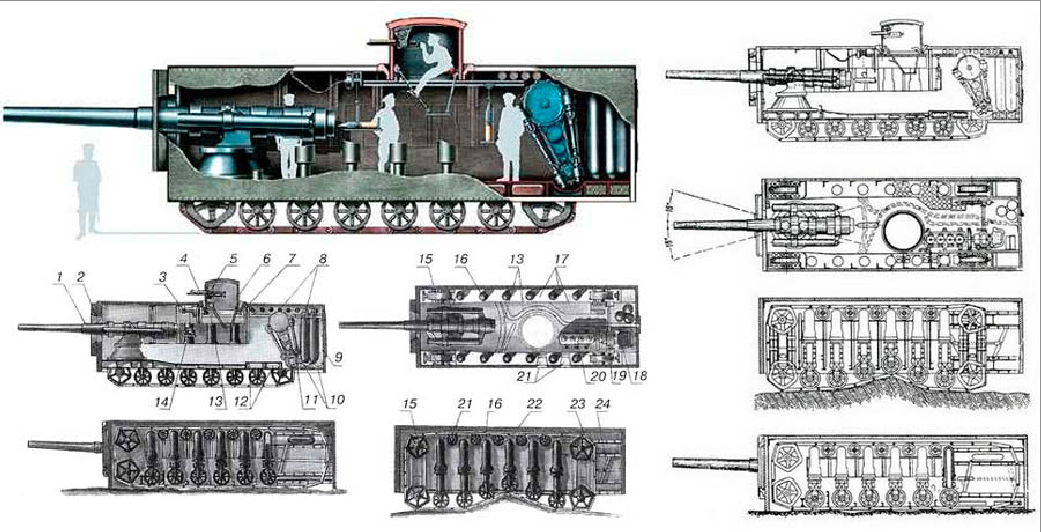Nearly finished one of the weirdest WW1 era prototype vehicle - Mendeleev Tank.
The Mendeleev Rybinsk Tank was designed in Rybinsk in the mid 1910s. Designed by Vasiliy Mendeleev who was born in 1886. The armored fighting vehicle or AFV was revolutionary for its time. It featured 120 mm large gun and weighed over 170 tons. Its super heavy weight was due to its thick steel plate armour. The Tank also featured gas compressed piston suspension revolutionary for its time. The tank was never built.
The Mendeleev Tank AFV project was introduced by Russian engineer Vasiliy Mendeleyev (1886-1922). He was the son of the famous scientist Dmitriy Mendeleev who invented Periodic Table.
Vasiliy Mendeleyev had graduated from the Kronshtadt Marine Engineering School, and worked as the engineer at a ship-building factory. Over the course of several years (1911-1915) and without any assistance, Mendeleev worked on his own time on the AFV project. Inside the armored hull, beside the engine, gear box, gun and the internal equipment, the running gear was placed. It was to be powered by a powerful petrol engine. The petrol tanks were to be placed in the back of the tank. The Mendeleev Tank featured four forward gears and reverse.
The tank had a special gas suspension, which not only eased the travel of the vehicle when on the move, but that also allowed for the tank to move with the hull half-lowered hull, and even completely lower the hull when stopped, if necessary. The idea of the inventor, was that the full or partial lowering of the hull would protect the most vulnerable part of the machine, the running gear, from enemy fire. The machine-gun turret, that could be rotate 360 degrees, could also be lowered into the hull with the aid of a pneumatic device.
A pneumatic device was also used for the adjustment and tension of the tracks. The Mendeleev AFV was supposed to have a special device that allowed it to be moved upon the rails, and even move by its own, or with the help of a locomotive. Movement over long distances was to be done by rail. All these pneumatic devices were provided with necessary quantity of compressed air with the aid of a special compressor, driven by the engine of the tank.
Crew: 8
Weight: 173.2 ton
Engine: Petrol Gasoline Engine
Performances: 250 hp
Maximum speed: 24 km/h
Suspension: Piston Driven
Armor: 150mm front, 100mm rest
Main Armament: 120 mm Canet Gun
On the picture above you can see almost finished tank and M113 for scale comparison. I need to finish front part of a hull, tracks and add some minor details to the vehicle.



